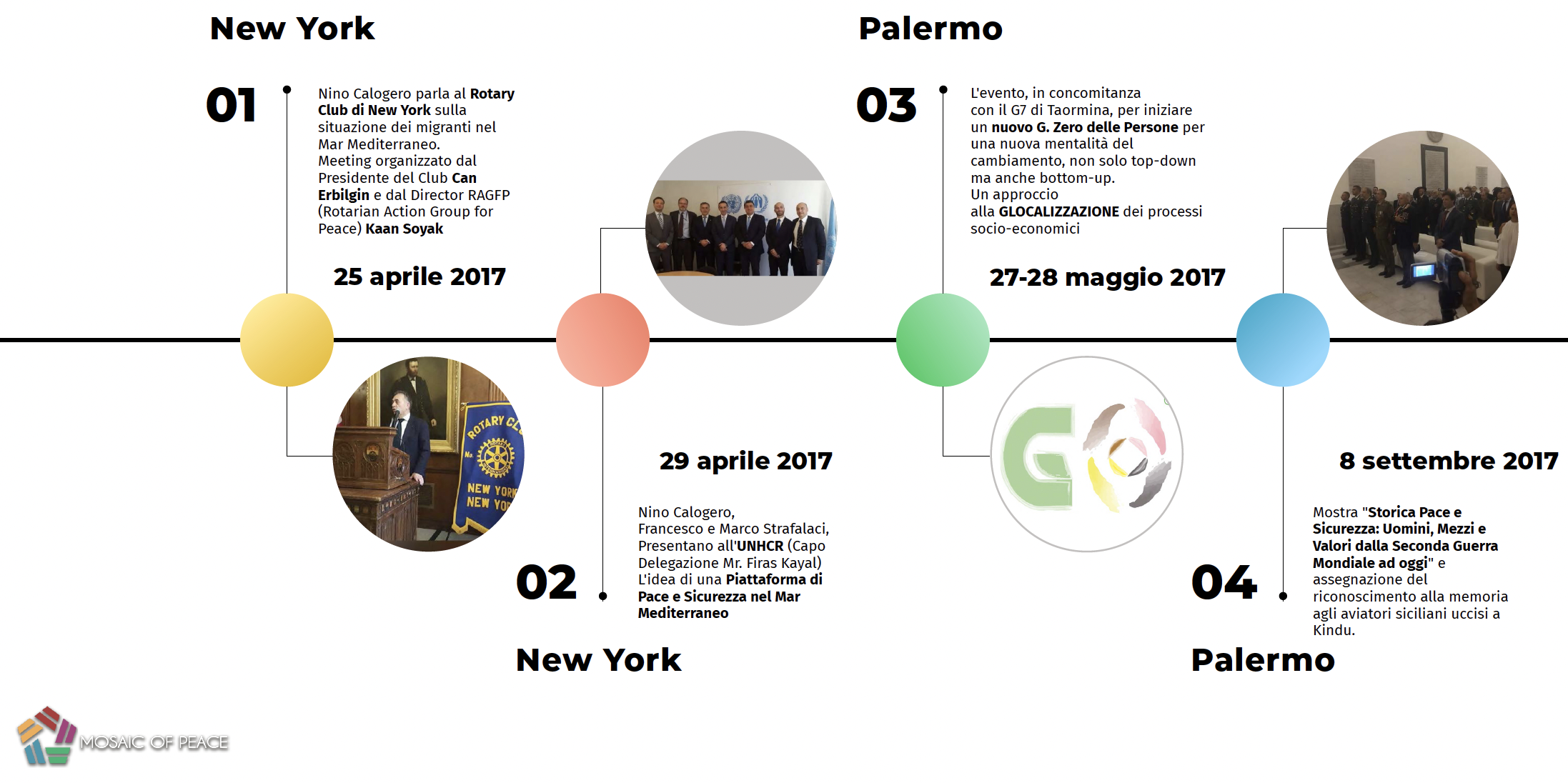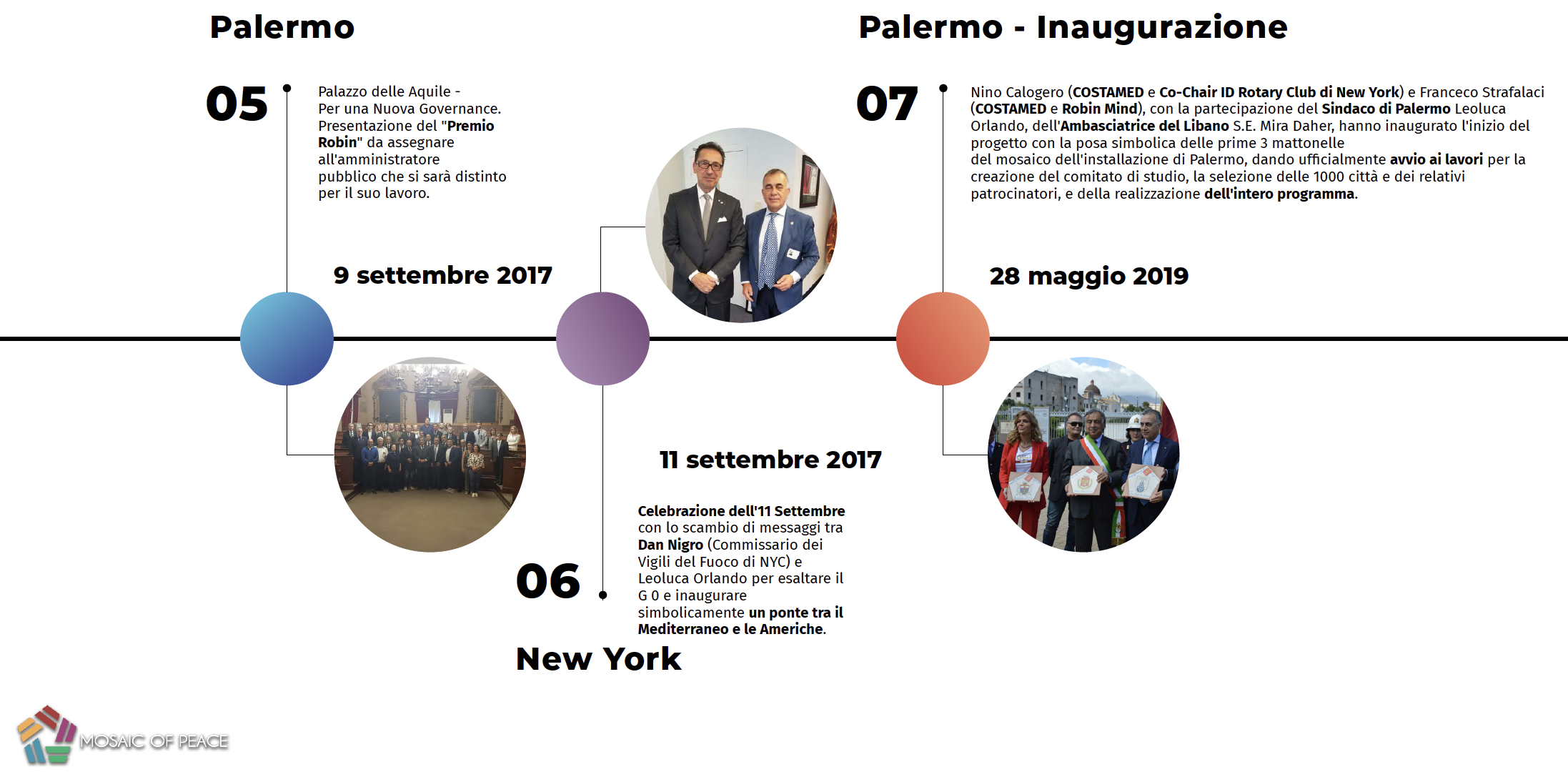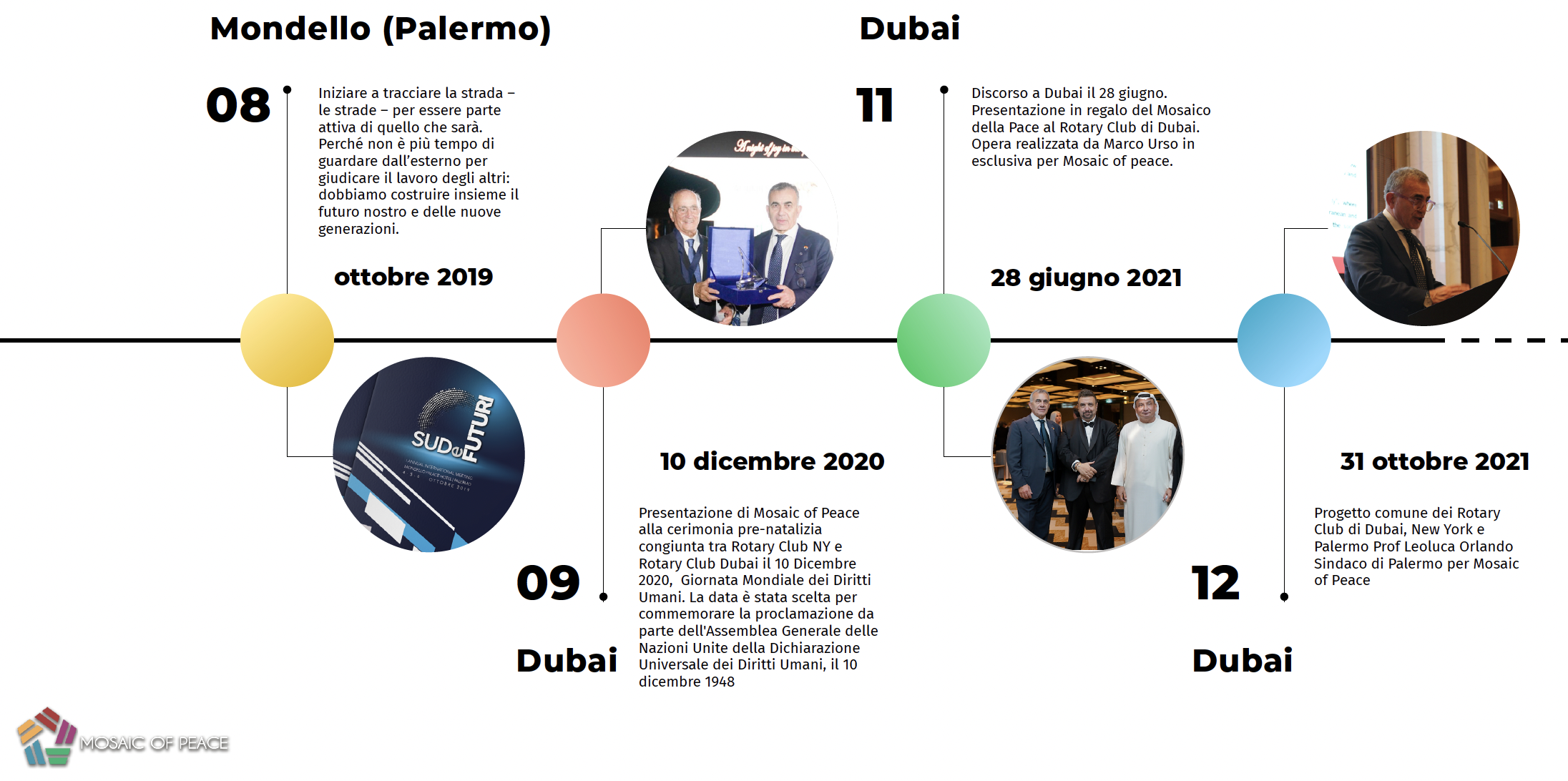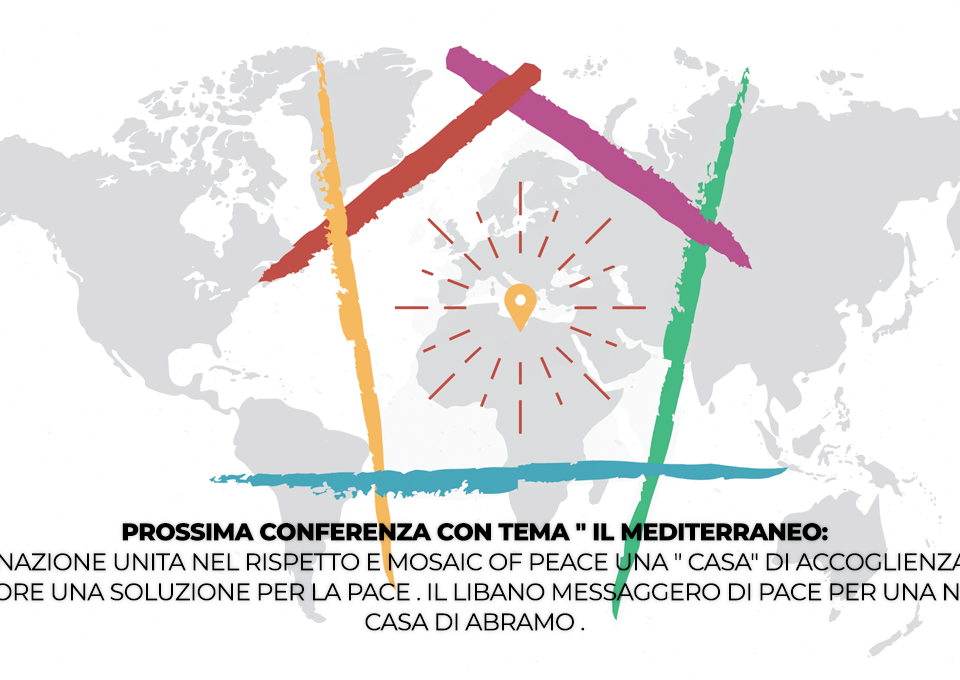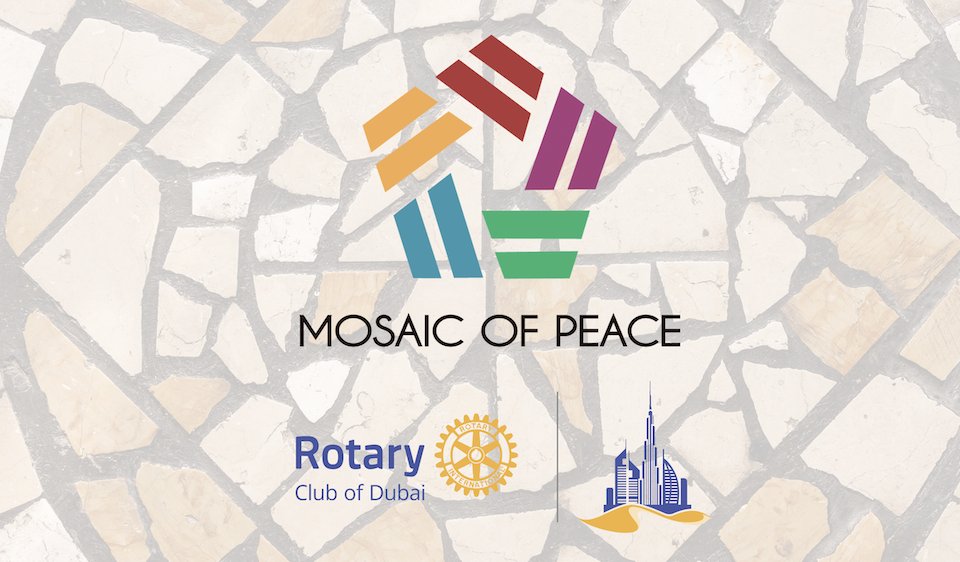21-25 OF SEPTEMBER 2022
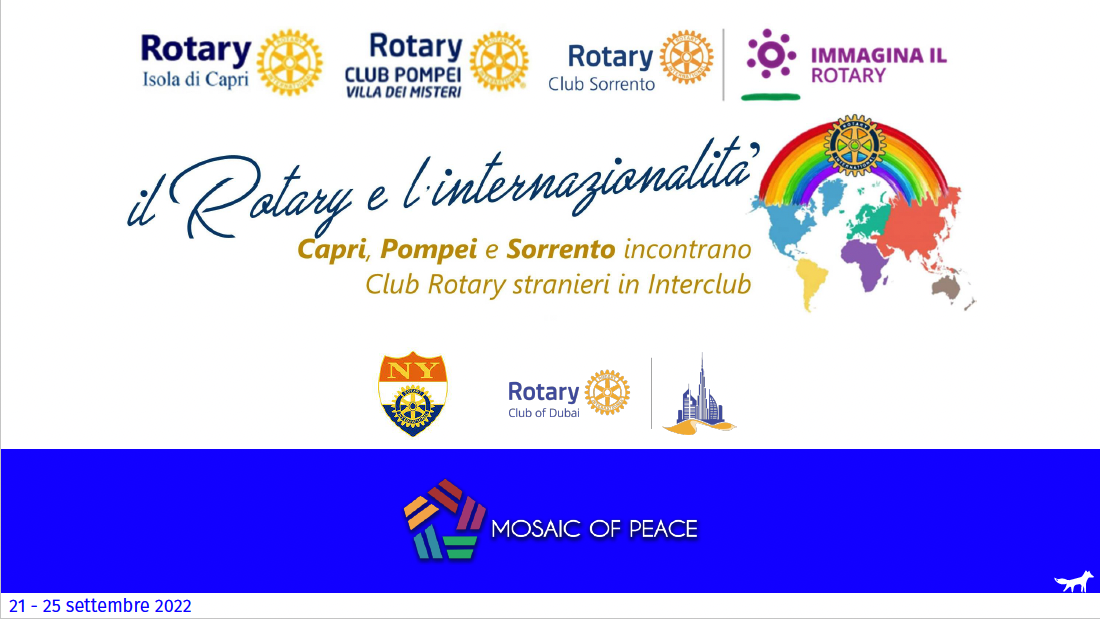
Dal centro del mediterraneo, e più precisamente da Palermo quale Città di Pace ed accoglienza, parte la proposta, rivolta ad altre 1000 Città nel Mondo che condividono la stessa vocazione, di costituire un comitato di studio aperto che possa giungere alla formulazione di una proposta di riscrittura della Dichiarazione Universale dei Diritti dell’Uomo, nel rispetto della agenda ONU 2030 e dei suoi obiettivi.
Un percorso di circa tre anni (in coincidenza con il triennio di Presidenza dell’Italia al Human Right Council dell’ONU) all’interno del quale si svolgeranno, ad intervalli quadrimestrali, eventi culturali, tavoli di lavoro e manifestazioni artistiche. Durante questo percorso, inoltre, ogni città con la relativa organizzazione patrocinata che parteciperà con un contributo in termini, rispettivamente, di risorse intangibili e tangibili, diventerà una delle 1000 tessere dell’installazione artistica “Mosaic of Peace”, che simboleggerà nuovo modello di cooperazione tra i cittadini del mondo e di gestione trasparente delle risorse.
STORIA
Il Libro della Genesi (da 11,26 a 25,11) ci racconta che Abramo era originario della città di UR dei Caldei che era stanziata nella bassa Mesopotamia vicino al corso inferiore dell’Eufrate dove appunto si trova UR.
Mantenendo il simbolo di una antica città che ha dato i natali al padre delle tre principali Religioni Monoteiste si vuole costruire una nuova “Città Internazionale Decentralizzata”, dove possa prosperare il dialogo tra tutte le culture del Mediterraneo e del Mondo quale precondizione per lo sviluppo socio-economico dei suoi “Cittadini”
Inaugurazione celebrativa 28 Maggio 2019
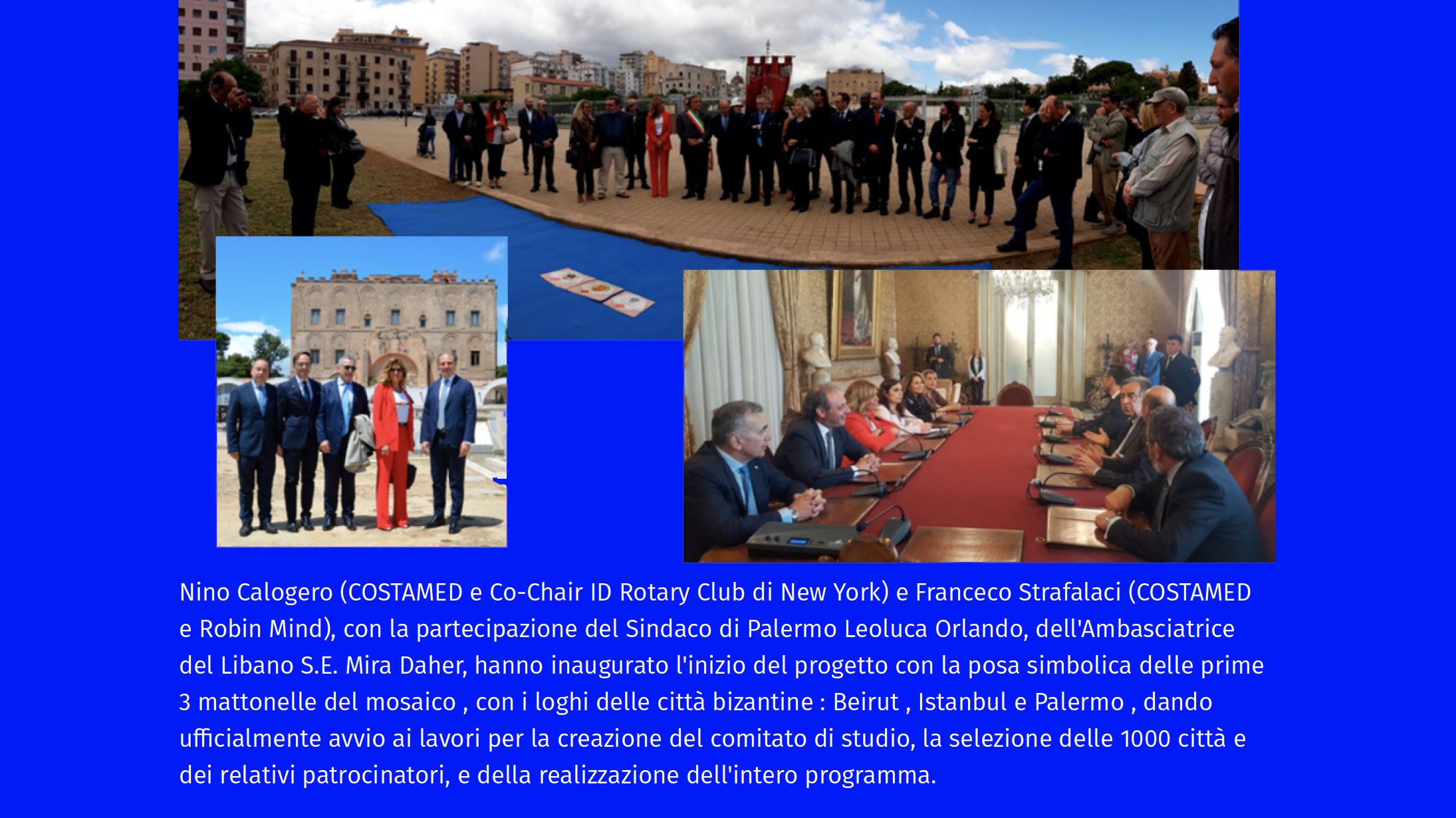
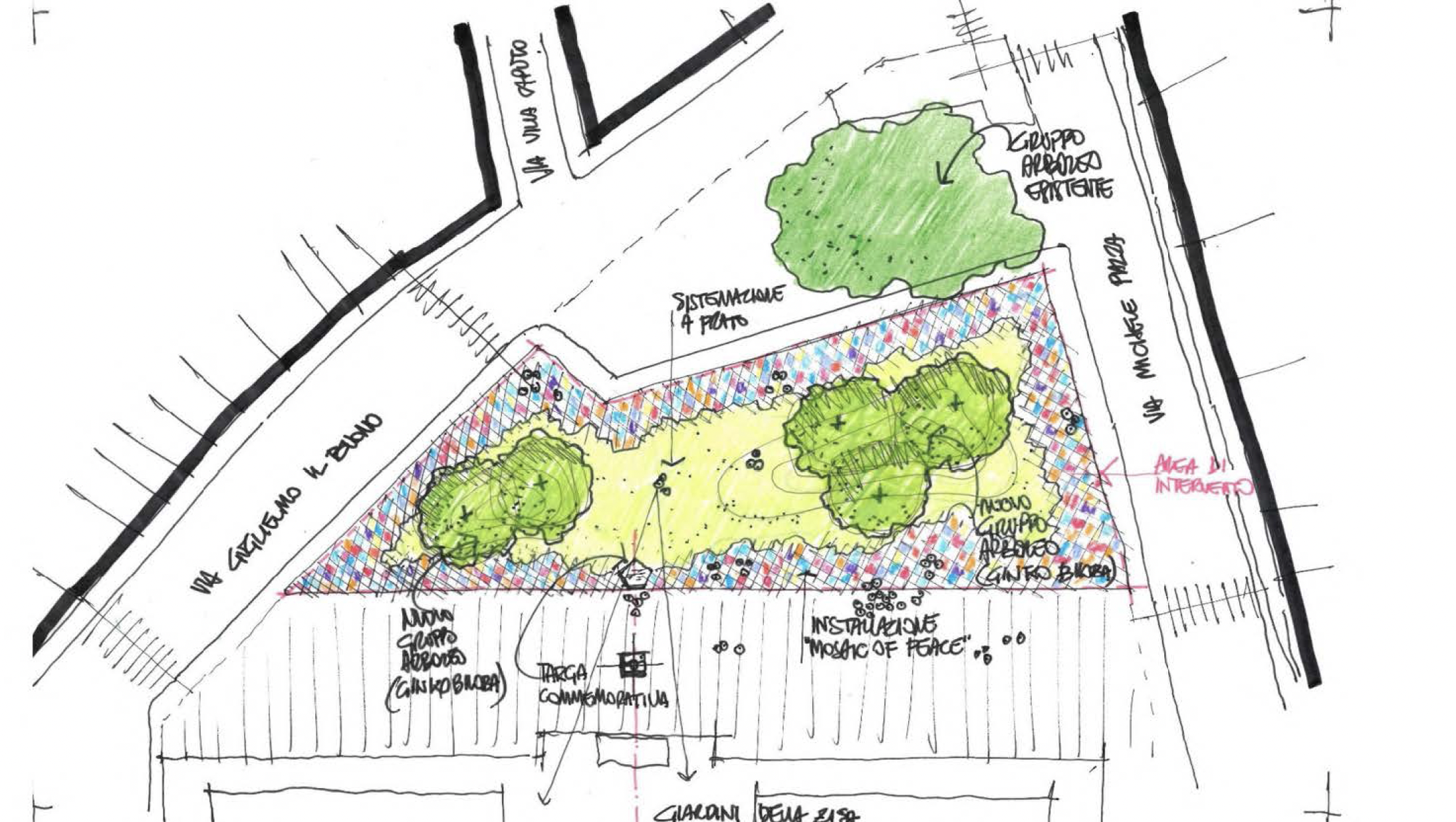
The port of Tripoli remained by and large a nature formed harbor, a geographical strip of land where sailboats servicing the trade lines along the coastlines of Turkey, Syria, Lebanon and Egypt, extending to Malta, Crete and Greece would dock. The half moon shaped gulf of El Mina acted as natural shelter to North East winds that create strong currents in deep waters.
Ships docked in the El Mina gulf and were serviced by local merchant boats that would offload the ship cargo by manual labor to the small boats that would transfer the goods to the dry docks. Ships up to the early twentieth century remained small to medium loads of 50 to 75 tons per ship.
The first significant development came during the French Mandate when two dry docks , Gremblad and Sheikh Afan , were constructed to allow military tugboats to dock. A third and rarely used natural harbor on the east side of the city acted as backup when the North East winds were exceptionally strong, however the rocky nature of that area was a last resort and required the best of the local seamen's expertise, sometimes assisted by El Mina fisherman who knew the waters well.
At the dawn of the Second World War , French Fighter and Supply Planes coming from the Far East (India, China and Vietnam) used the El Mina basin as a landing area. Significantly lighter weight than sailboats, the local current within the basin caused problems and then El Mina Mayor Kheireddine Abdul Wahab was given the contract to construct the first man made break water which marked the beginning of the Tripoli Harbor.
Sailboats built mainly in Arwad island and later also in El Mina as well, had been in sharp decline with the rise of Steam Ships, and the city had seen increased activity as an offloading site for merchant ships, and with service industries emerging, such as the use of transport Barges which would be used to offload the ship's cargo from its anchored position to the sea shores The French Mandate continued its development of the port by constructing a small docking station within the man made pond resulting from the break water constructed and now buzzing with Barges. Barges would dock an allow for faster and more efficient cargo offloading and was transported to the railway station and on to the wagons into inland Syria, Iraq and Jordan. This also coincided with the Iraq Petroleum Company (IPC) pipeline project to import steel and iron for its refinery construction project in the neighbouring Lebanese town of Bedawi.
During the late 1950s, the government of Lebanese President Kamil Chamoun and Prime Minister Rashid Karami awarded a contract to the Italian company Veining to construct a modern day harbor. Intense lobbying from Beirut Harbor patrons, the depth of the inner harbor pond was restricted to 8 meters, which would later hinder the Tripoli harbor from receiving larger vessels. With work beginning in 1957, the first Board of Directors was appointed in 1961 to oversee the day to day operation of the harbor, now a government entity.
Roadmap
